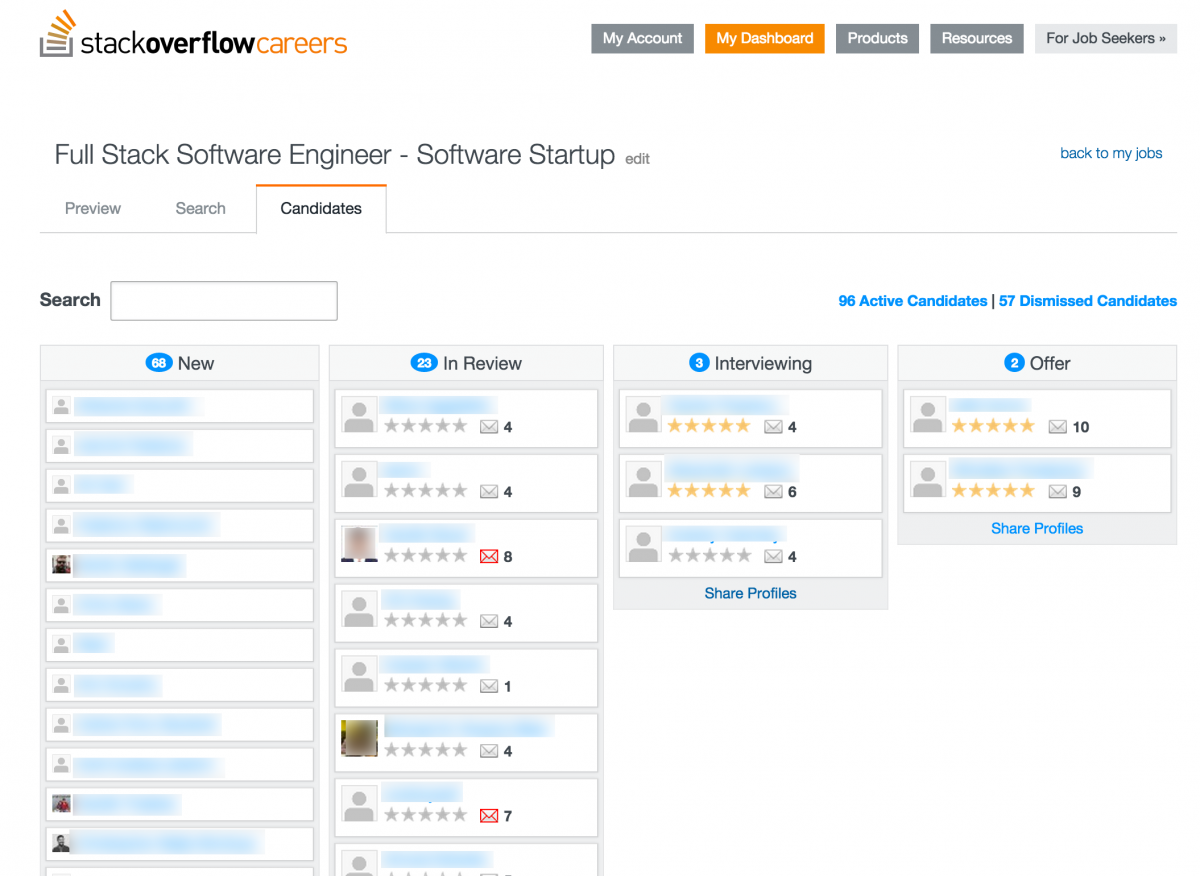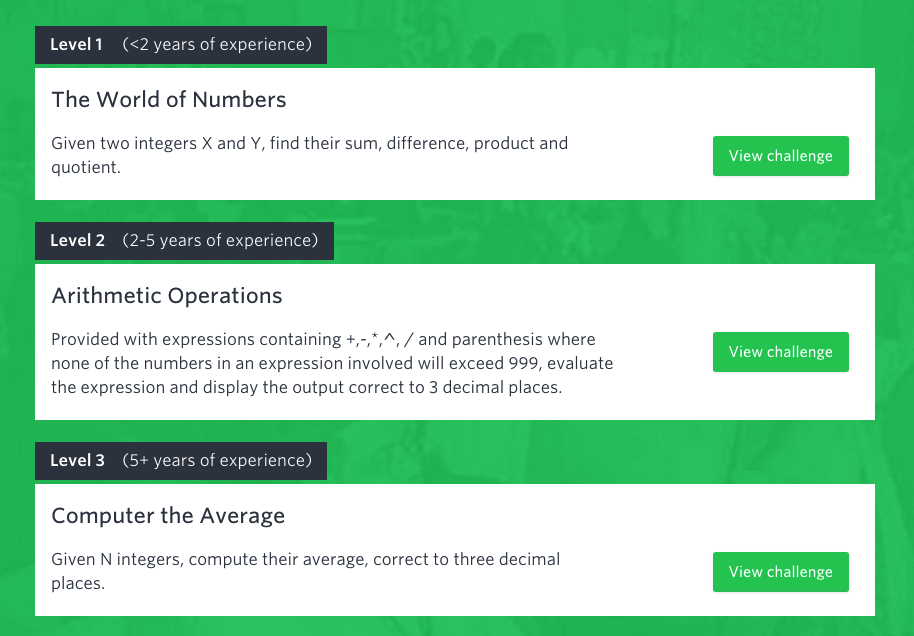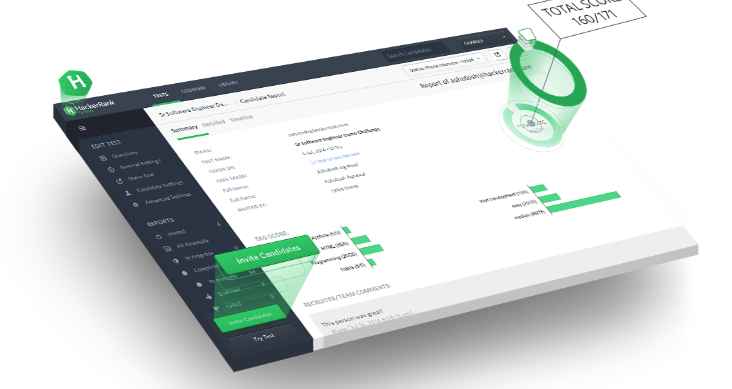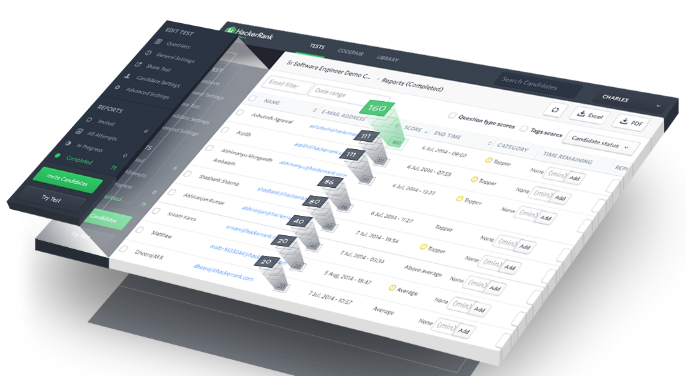Hiring ‘A-Player’ Developers At Rates You Can Afford

Even as a bootstrapped startup you have to think like an 8 figure business. In fact if you continually think you are, then I believe you will achieve it a lot faster than continuing to think you are just a startup.
As startup cash is always the problem. You have to fund everything yourself and unless you’ve recently acquired a few squillions from your last exit – then you are always focused on every dollar.
Richard Branson’s first response to his most common question ‘To what do you attribute your success’ is that he always focused on hiring people smarter than himself. And its the same when you talk to any 8 figure+ organization..they are always focused on hiring the best talent they possibly can.
The trap is that when you are so focused on the cash it can lead to you to recruit people who aren’t the best. The ones who aren’t A-players.. and when it comes to your development team that can cost you a lot in the long run.

So as we’ve started to grow – I’ve recently recruited 2 new A-players in the development team and I’m going to run through the process on how we did it and saved a a bunch of cash in the process.
As we’re based in San Diego, Silicon valley is ‘just up the road’ and is home to some of the best developers in the world. It comes at a price though and when the cash comes out of your pocket its difficult to justify, even though its undeniable you’ll get some of the best people there.
From my experience with recruiting outsourced teams in other countries – I’ve also found some amazing people in countries where the cost of living isn’t so high.
Traditionally I used to hire people from freelancer sites, assign a small project and evaluate based on how well that was delivered and go from there.
I looked not only at how well the code was delivered – but also at the way they communicated. Often I would get talented people but the issue was that they were always focused on project based work, and you could never be sure that they weren’t multi-tasking on other projects at the same time.
Plus freelancers, being focused on deliverables don’t always make the best choices for the ‘good of the product’. Its more about how quickly can I get this built for this customer.
So this leads me then to the conundrum of how to get A-Class players who can be invested on building a quality product for less money.
I should mention here that all our staff are remote. They all work from home with their own equipment and we’re flexible with working hours and they operate more as a consultant than an employee. This also reduces any internal politics and helps us maintain a very flat organisation structure and low HR workload.
Firstly to spread the net we defined the job spec and shared it with our own team so they could ask their previous friends and co-workers. This should always be the first point of call – as referrals are always the most cost effective way of recruiting. Laszlo Bock, head of human resources at Google, says that hiring and classifying people well is crucial for creating the type of workplace where people will thrive. (He has helped take Google from 3,000 to 53,000 employees since arriving in 2006.) For stellar recruiting in this new environment, Bock recommends:
Using happy employees to source future happy employees.
The best recruiters, Bock says, are fellow employees, and companies should motivate them to spread the word about their workplace. You can do this too by offering employees incentives for referring new hires, or by telling the stories of successful employees to boost your employer brand.
We wrote the job description and listed it on our careers page.
Then we looked at job boards and places where we’re most likely to find the right people. Regionally I was especially interested in Poland and Romania as I have good experience with recruiting great people from these countries. We ran a job ad on ejobs.com in Romania.
Secondly I looked at where developers hangout.
The main authority communities for developers are Hacker news, stack overflow, and Github communities. Sure enough each has a job board, but HackerNews is mainly centered around Y-combinator, Github was ok – but the application process was email driven – which would have meant a ton of messages to sift through.
So I decided to focus on careers at stack overflow. Not only do they have one of the largest communities of good developers, but they had a great interface for selection.
I wanted fast access to a candidate’s resume, a way of messaging and scoring and finally a shortlisting. It’s simple but highly efficient. Having worked at an HR tech company previously I’m all too familiar with how complicated these things can get – yet they’ve focused on the bare essentials and delivered well.

So we drew our initial shortlist based on a scan of matching skill set, education and also asked all applicants to confirm their expected rate.
Now comes the tricky part.
With technical recruitment it’s really difficult to evaluate skill without them actually doing a project or building something for you so you can examine code structure and the way they are thinking about a problem.
Most common technical interviews are more syntax driven. i.e. Show how you would build an array using PHP. The problem with this approach is that you really have no idea what’s going on at the other end. The candidate could have an 8 screen workstation with finger poised to Google any questions thrown at him.
Of course there are plenty of people trying to solve this problem. Solutions like Connectify have recently appeared which apparently are about to :
“Turn the recruitment process on its head through artificial intelligence and powerful search software that crawls across many sources at once to build up some 300 million online profiles to find the person you need.
Connectifier, as the startup is called, was founded by two ex-Google engineers, and it has already been quietly amassing a client base of tens of thousands of recruiters from top business in high tech, finance, sales, and healthcare. Today, it is publicly launching its product to the world at large, and announcing $6 million in funding led by True Ventures, with participation also from Galeo Ventures, Okapi Ventures, and angels Sean Ellis, Andrew Chen, Jonathan Downey, and James Hong.”
However what we are looking for is problem solving ability. Someone who has real grey matter to write code fast to solve multiple problems in the most efficient way possible.
Creating programming challenges for developers and measuring the results is the most effective way todo this. So how do you do this for a shortlist of 30 candidates. Use Hackerrank for work. This is a new tool that focuses on testing for candidates. It allows you to choose a selection of tests to work with and automatically handles the messaging, timing and reporting of results. Sorting the results by score enables you to accurately determine the quality of a candidate’s thinking and approach.
Step 1 – You choose a small selection of tests from a library. I chose 3 – which should have taken about 1 to 2 hours. (here are some examples from their website)

Step 2 – You invite the candidates to the test using their interface.

Step 3 – They complete the test and the system scores and ranks their answers.

Results
From 30 candidates, only 10 managed to complete the test and we took the top 4 through to final interview. When we went through the voice interview process – it was clear that Hackerrank had done its job. The final 4 were so obsessed with quality code, building amazing tools and highly energised about working with us that it made the final choice quite difficult.
The final 2 stages were telephone interviews we conducted over Skype to ensure team fit with our head of operations and finally myself. We ended hiring 2 amazing developers. In a future post I’ll explain how we manage our remote team.
Get Traffic and Lead Generation Tips From Our Blog Once a Week











